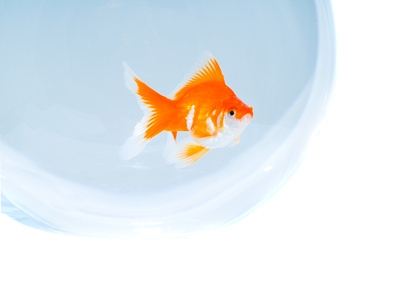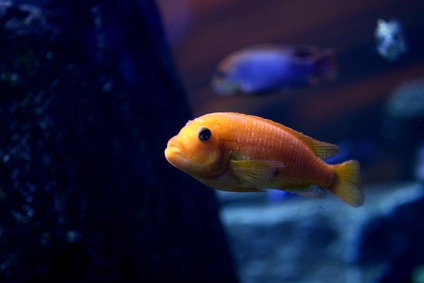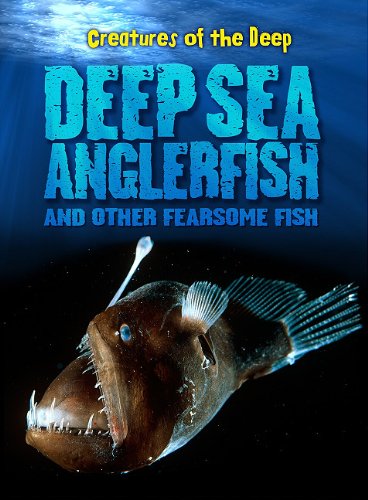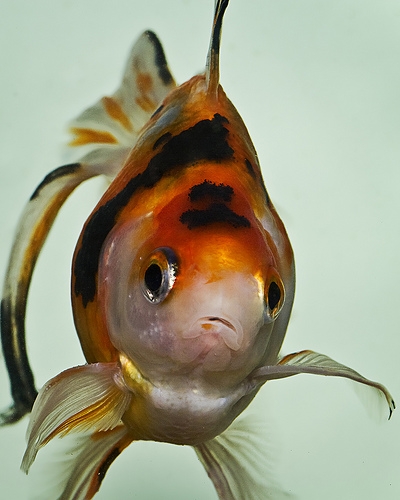There are some very unique critters out there from the okopi in the African jungle to strange sea creatures in the deepest of oceans. One fish that can definitely be added to the amazing creatures list is the mangrove killifish. It certainly isn't how it looks that makes it special with boring colors and a small slender body. But beneath that normal humdrum appearance there is something special. Something that makes people take a second look and consider just how amazing this world we live in is.
The Mangrove Killifish - Looks
The Mangrove Killifish looks a lot like other American killifish: very dull. Most of them are no bigger than 1.5 inches with the largest Mangrove killifish coming in at a whooping 3 inches. It's dull in color, rather a muddy brownish gray with speckles. Many of them are dark with light speckles or they are light with dark speckles. Nothing that is real exciting to look at with a slender body and small rounded fins. Looking at it, you aren't likely to be excited. No fancy colors, fins, or impressive size. One interesting fact is that this little killifish does show natural selection. In areas with light colored bottoms the killifish that survive are those that are lighter in color and in areas with dark colored bottom the killifish are dark in color. It is believed that snakes and birds can find the killifish that contrast with the bottom and eat them more quickly than those that blend in with the bottom of their pools.
The Mangrove Killifish - Habitat
This little fish is found in muddy brackish waters along the Atlantic coastline from Florida to the Yucatan Peninsula and from Brazil to the Northern regions of Argentina. These waters are where freshwater sources mix with the ocean to form various degrees of salty waters known as brackish waters. There are fewer fish that live in these waters than in the freshwater sources or in the ocean waters, but this doesn't make the Mangrove Killifish special since there are still plenty of other fish here and some of them are more interesting to look at, larger, and at first glance certainly odder.
The Mangrove Killifish - Diet
Another unimpressive bunch of facts about this small killifish is that it has a diet similar to many other small fish in these habitats including ants, mosquito larvae, small mollusks, worms, flying insects that have fallen in, and in dry spells they will even eat each other. Of course, it gets interesting when the fish leaves the water to catch land insects and bugs including termites.
The Mangrove Killifish - The Dry Season
As the waters in their home dry up the mangrove killifish will crawl into the burrows of the crabs that live in their area. While the killifish are often cannibalistic and often territorial, they survive together crammed into a single whole. As the water dries up they cram their selves into the hollows of fallen logs and tree limbs. Hundreds of them cram their way inside these small moist pieces.
The Mangrove Killifish - Out of Water
While hidden away in the tight, dark spaces of the logs their skin gets thinner and they begin to take oxygen in through it and is absorbed directly into the blood veins. Waste is also dispelled directly through the skin. Cells fill the gills to hold them apart so that they won't fuse. At the same time water and nutrients are held within these cells.
The Mangrove Killifish - Special
There are several fishes that come out of the water and hang out on land. Some even stay there for some time, but they do so in a state of inactivity. The Mangrove killifish don't go into a state of inactivity. Instead, they go to 66 days out of the water without food and they do it while still being active. If you break open a log with Mangrove killifish in it, you will find that they wiggle around in the light of day.
The Mangrove Killifish - Reproduction
While staying out of the water for more than two months is certainly interesting, it isn't the only thing that makes this killifish a unique specimen. Most of the killifish are hermaphrodites having both male and female reproductive organs. In fact, only 5% of the fish researched were found to be male and there has never been a female discovered. Most of the killifish are born after the hermaphrodite fertilizes itself and produces fertilized embryos. These embryos are released from the body of the killifish and hatch 2 to 4 weeks later if they aren't consumed by other killifish (including their parent) before hand. A small percentage of eggs are released without being fertilized. Later a male comes along and fertilizes the eggs. Another interesting thing is that the eggs can survive without water. After 90 days the offspring will become sexually mature and begin reproducing. Studies show that in two to four years the hermaphrodite killifish will lose their female sexual reproductive organs and become males.
The Mangrove Killifish - Highly Adaptable
This little fish is one highly adaptable little fish. Not only does it spend time hiding in the log while the dry season is around, it is able to live through different temperatures, different water levels of water quality, different levels of oxygen, and different amounts of salt. Sometimes they are found in waters that are nearly fresh and at other times they are in water near salt water. In addition to that it can survive pollution and often does so for long periods of time.
The future of this little fish is a concern. Not only do scientist wish to study it more for its unique characteristics, it is an important part of the ecosystem. The mangrove killifish is on the Species of Concern list and its numbers are dropping dramatically. While it is highly adaptable, people are encroaching on their habitat and their foods are getting scarcer. The mangroves are being cut down and the marshes are dredged an poisoned to control the mosquitoes. All in all, this unique little fish is something that excites scientist and that many hope will stay around a little longer.

 How to Make Fish Survive in a Glass Bowl
How to Make Fish Survive in a Glass Bowl
How to Make Fish Survive in a Glass Bowl
How to Make Fish Survive in a Glass Bowl
 How to Take Care of a Baby Parrot Fish
How to Take Care of a Baby Parrot Fish
How to Take Care of a Baby Parrot Fish
How to Take Care of a Baby Parrot Fish
 Dangers of the Deep
While many believe there is
Dangers of the Deep
While many believe there is
 Aquarium Setup
Buying an aquarium is a lot
Aquarium Setup
Buying an aquarium is a lot
 What Are the Causes of Ick in Fish?
What Are the Causes of Ick in Fish?
Wh
What Are the Causes of Ick in Fish?
What Are the Causes of Ick in Fish?
Wh